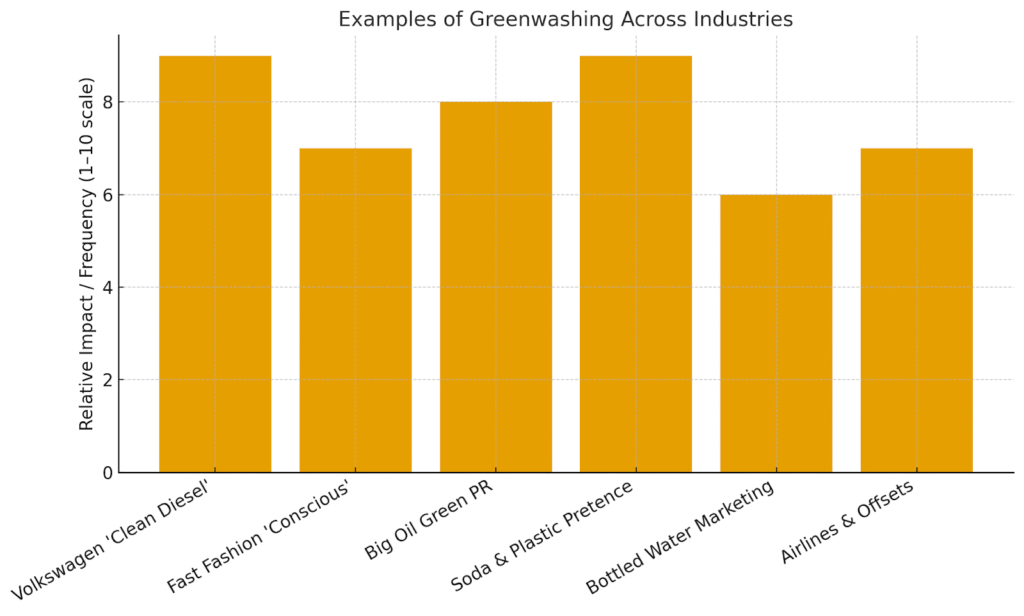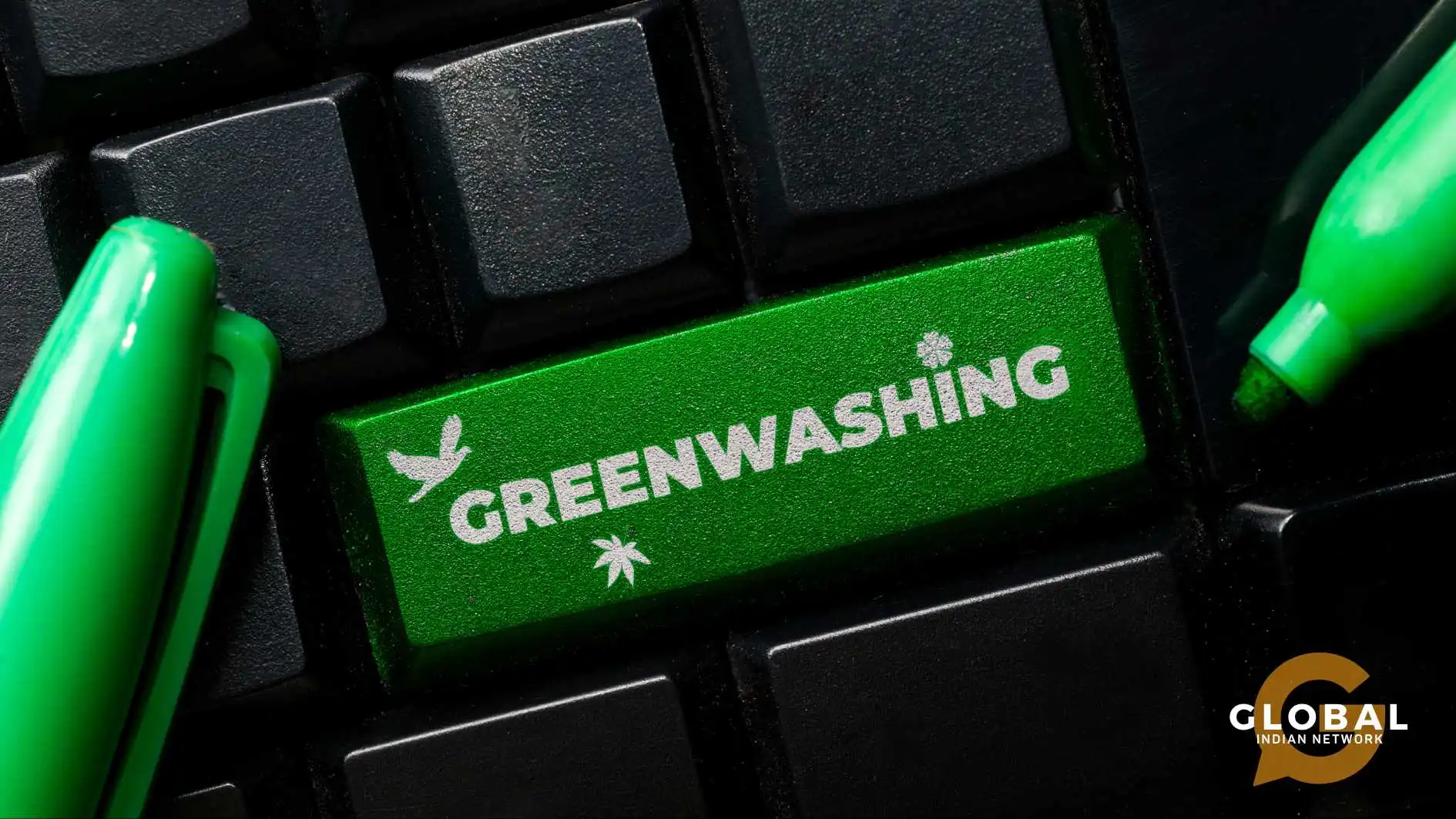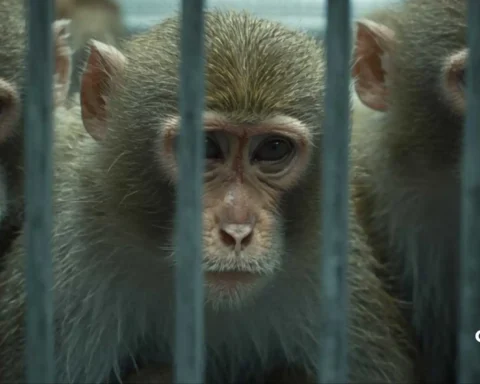You’ve seen the ads that include leafy logos, “eco” badges, and smiling people holding reusable cups. But how many of those claims actually hold water? Below are hard-edged examples of greenwashing- the ways big names polish their public image while keeping business as usual, and how to spot the trickery when it’s happening. This isn’t a list of accusations; instead, it’s a tour through documented cases that outline the playbook companies use to turn green into marketing gold.
Table of Contents
“Clean Diesel”: Volkswagen’s Emissions Scandal
Remember the moment the world learned some diesel cars were lying about their pollution levels? Volkswagen’s “diesel dupe” scandal reads like a corporate thriller. The EPA discovered that VW had secretly installed “defeat devices” in its diesel cars, software smart enough to recognize lab tests and temporarily dial down emissions.
On real roads, though, those same engines spewed nitrogen oxide up to 40 times the legal limit. What began with 482,000 cars in the US swelled into a global crisis, touching more than 11 million vehicles. Executives resigned, billions were set aside for recalls and penalties, and trust in the brand collapsed. Governments worldwide opened investigations, investors panicked, and diesel itself, once sold as the greener choice, was cast into doubt. A textbook example of greenwashing promoting “clean diesel” while hiding a very different truth.
Fast Fashion’s “Conscious” Collection: Examples of Greenwashing in Retail
Walk into a high-street store and you might spot a “Conscious” rack, or a “sustainable” tag proudly stitched into a cheap polyester tee. H&M’s Conscious line and similar ranges have been repeatedly scrutinized, many items flagged as greener still contained high proportions of synthetic, fossil-fuel-derived fibers, and some sustainability claims were so vague they could mean almost anything.
Activists and regulators have started to call out these tactics as more about selling guilt-free consumption than about real supply-chain reform. “H&M are not being clear or specific enough in explaining how the clothes in the Conscious collection are more ‘sustainable’ than other products they sell,” said Bente Øverli, Deputy Director of Norway’s Consumer Authority. Once again, this is one of the clearest examples of greenwashing in the fashion industry.

Big Oil’s Green PR: Rebrands, Ad bans, and Legal fights
Oil companies learned early that a sunflower logo or the phrase “transitioning to net zero” looks great on billboards. BP’s “Beyond Petroleum” rebrand and Shell’s glossy ads promising low-carbon futures are textbook reputation management, sometimes drifting into misleading territory. The UK advertising watchdog and courts have stepped in, and Shell faced a ban on a green-themed campaign for omitting how small its greener projects were relative to its fossil-fuel business. These are strategic narratives designed to reshape public perception while core operations remain carbon-heavy. For critics, these remain notorious examples of greenwashing.
Soda Giants and the Plastic Pretence: Examples of Greenwashing in Packaging
Brands spend millions to tell you they’re solving plastic waste, and yet single-use bottles keep piling up. Coca-Cola ran a big “World Without Waste” program that looked like a solution until campaigners noticed the company quietly shifted or removed ambitious targets, swapping reuse goals for recycled-content rhetoric that does less to stop waste at the source. The effect? Consumers feel reassured, while production of disposable packaging continues to fuel the plastics crisis.
And so the cycle persists. Glossy ads touting sustainability, while behind the scenes, the metrics that matter —reuse rates, refill systems, and absolute reductions —are quietly sidelined. The narrative shifts from systemic change to incremental tweaks, from redesigning delivery models to tweaking bottle composition. Recycled plastic becomes the new badge of honour, even though it often ends up in landfills or incinerators after a single use.
Meanwhile, refillable systems, proven to dramatically cut waste, struggle to scale without corporate backing. Why? Because reuse threatens the very business model built on selling billions of disposable units. It demands infrastructure, accountability, and a willingness to rethink profit margins. Instead, companies lean into “circularity” buzzwords, banking on consumer confusion and regulatory loopholes.
Governments, too, are complicit when they allow voluntary pledges to substitute for enforceable action. Without binding targets, the industry’s promises remain just promises. And while consumers dutifully sort their waste and feel good about tossing bottles into blue bins, the real solution, i.e., producing less in the first place, remains elusive.
The result is a kind of environmental theatre, a performance of progress that masks stagnation. But the curtain is lifting. Activists, researchers, and watchdogs are exposing the gap between brand messaging and material reality. These exposures have become some of the most widely discussed examples of greenwashing in the consumer goods sector.
Bottled Water: Greenwashed?
“Pure,” “spring,” “pristine” bottled water labels promise something elemental. Investigations and inquiries, however, have exposed that some bottles marketed as natural or untouched have been subject to treatments or contested extraction practices, and that local water sources have sometimes been stressed to fill corporate pipelines. When governments and parliaments start probing these practices, it’s a strong signal that brand storytelling is outpacing transparency, yet another everyday example of greenwashing.
Flights, Offsets, and the “Fly Responsibly” Problem
Airlines have leaned hard on offsetting and sustainable aviation fuel in their messaging. The problem arises when ads imply that those choices make flying environmentally harmless. Courts and consumer groups have pushed back. KLM was found to have misled customers with vague sustainability statements and offset claims, a ruling that highlights how easily green language can slip into deception when key context, such as scale and efficacy, is omitted. Aviation offsets are now widely cited as troubling examples of greenwashing.
How Greenwashing Actually Works
There are recurring moves you should watch for. Vague words (sustainable, green, eco) without numbers. Selective transparency, highlighting tiny renewable investments while hiding the bulk of environmentally harmful activity. Voluntary badges that aren’t independently audited. Targets that move or quietly disappear when under scrutiny. Sometimes firms trumpet the use of recycled content while ignoring the increase in single-use production. Regulators across the EU and beyond are drafting rules to combat precisely this pattern, because the problem isn’t isolated PR missteps, it’s a systematic way brands convert good intentions into sales. Understanding these patterns means recognizing them as living examples of greenwashing that keep evolving.
Examples of Greenwashing You Can Spot Right Now
If a product asks you to “choose the planet” but gives no hard data, ask for specifics like what percentage reduction, what timeline, and what third-party verification? If a brand’s sustainability page is long on images and short on evidence, that’s a red flag. Watch for shifted metrics, “carbon intensity” can fall even while total emissions rise. Recycled-content claims ring hollow if absolute plastic production has increased. And if a headline target vanishes from a site with no explanation, demand answers. Recent news shows this exact bait-and-switch in action across industries. These are the live, ongoing examples of greenwashing playing out in real time.

Greenwashing Among the Global Indian Community and Its Impact
Among the global Indian community, the understanding of greenwashing is still developing, yet its impact is already visible across industries. With rising environmental awareness, many global Indian consumers are eager to support “eco-friendly” products, but limited knowledge often makes it difficult to distinguish genuine sustainability from clever marketing. Companies frequently use vague terms like “ayurvedic,” “organic,” or “chemical-free” without clear certifications, creating confusion in the market. This not only erodes trust among consumers but also risks slowing down the momentum of India’s growing sustainability movement.
When buyers discover they have been misled, skepticism sets in, making them less likely to believe or invest in authentic green initiatives. Over time, consumers question whether any “green” product is authentic, which risks discouraging support for businesses genuinely committed to sustainability and slowing India’s broader transition to cleaner, responsible practices. The result is a widening gap between environmental aspiration and practical change, leaving both responsible businesses and consumers frustrated.
Conclusion
There’s cause for cautious optimism. Judges, advertising watchdogs, and consumer authorities are increasingly willing to call out misleading claims and force more accurate messaging. The European Commission’s green claims initiative aims to require verifiable evidence for voluntary environmental claims, a structural remedy to an industry-wide problem. Activist groups and investigative journalists also continue to pull back the curtain on the clever twists companies use to appear greener than they are.
The shock in many of the examples of greenwashing above isn’t that companies want to look good; that’s business, it’s that successful greenwashing buys time, markets, and silence while environmental harm proceeds. Consumers and policymakers are no longer willing to accept pretty pictures in place of proof. Demand the numbers, insist on independent verification, and follow the trails from glossy claims back to operations. The brands don’t want you to know how the game is played, but once you do, you can stop being a passive audience and start asking the simple, stubborn questions that real sustainability requires.

FAQs
What are examples of greenwashing in everyday life?
Common examples of greenwashing include “eco” labels on fast fashion, “clean diesel” cars that pollute more than claimed, oil companies promoting small renewable projects while expanding their fossil fuel operations, and soda giants marketing recycled plastic while increasing their production of single-use products.
Why do companies use greenwashing tactics?
Companies use greenwashing to appear environmentally responsible, win consumer trust, and avoid regulatory scrutiny, all while continuing harmful practices behind the scenes. It’s reputation management dressed up as sustainability.
How can I identify examples of greenwashing?
Look for vague claims like “eco-friendly” without numbers, disappearing targets, recycled-content talk without reduced production, and glossy ads with little complex data. If promises aren’t verified by independent bodies, that’s a red flag.
What is being done to stop greenwashing?
Regulators, courts, and consumer watchdogs are increasingly cracking down on misleading claims. The European Commission’s green claims initiative, along with activist and journalist investigations, is pushing for verifiable evidence and accountability.









